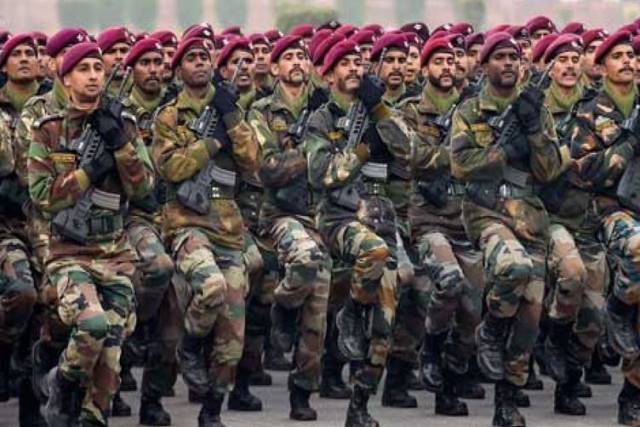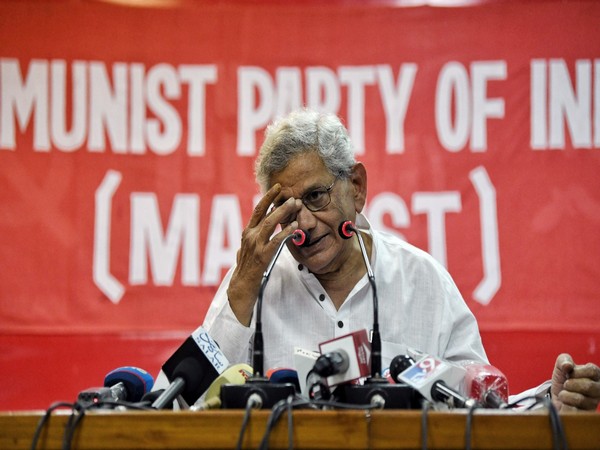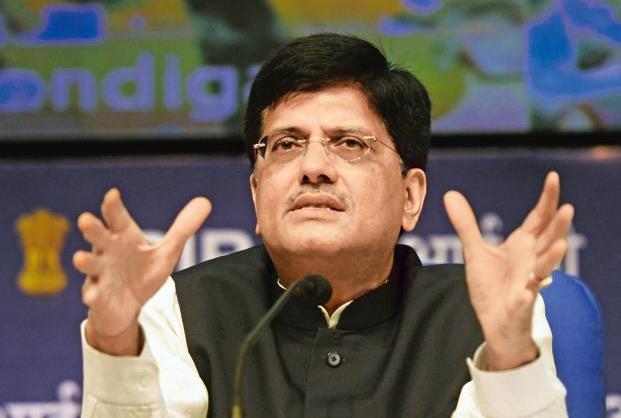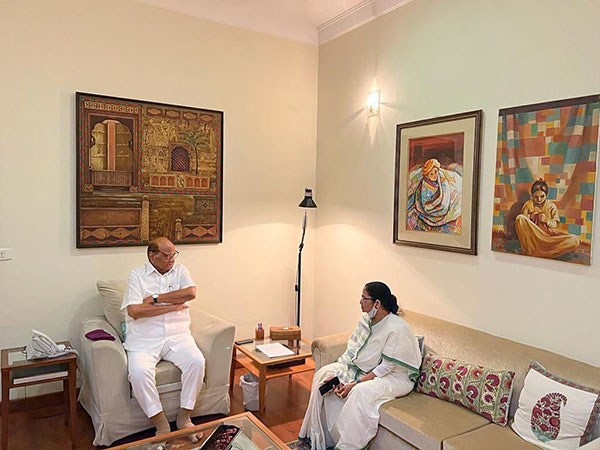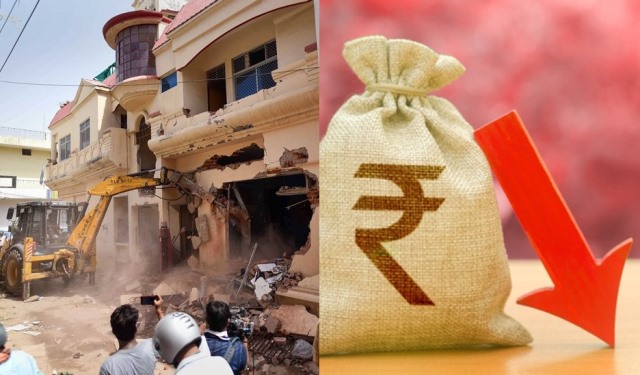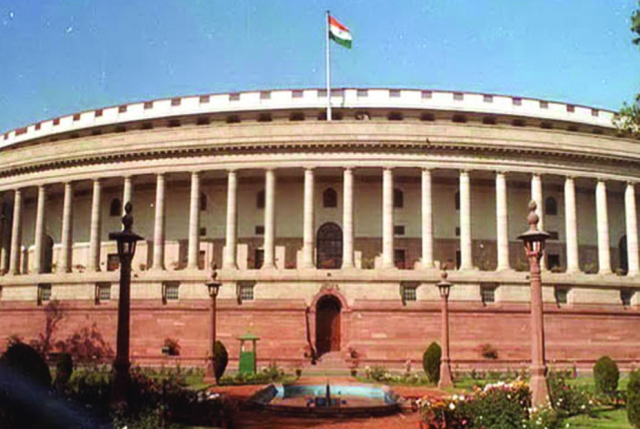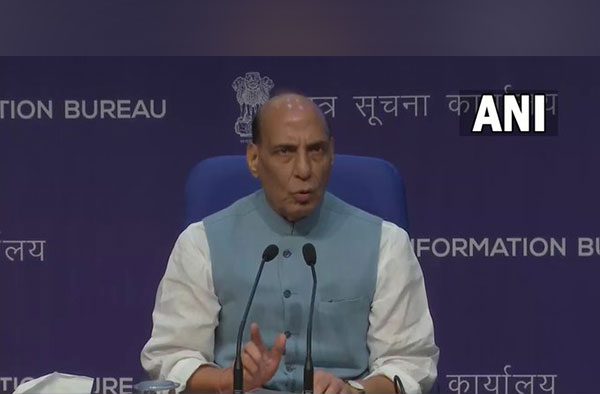The Union Cabinet on Tuesday approved the attractive recruitment scheme “AGNIPATH” which provides an opportunity for Indian youth to serve in the regular cadre of the Armed Forces for a period of four years.
This is a major defence policy reform introduced by the Government to usher in a new era in the human resource policy of the Army, Air Force and Navy. The policy, which comes into immediate effect, will hereafter govern the recruitment of personnel below officer rank (PBOR) in the three services, according to the Ministry of Defence.
The Agniveers will form a distinct rank in the three services, and will also wear a distinct insignia as part of their uniform. Here’s everything you need to know about the scheme.
What is “AGNIPATH” scheme?
AGNIPATH scheme allows patriotic and motivated youth to serve in the Armed Forces for a period of four years. Soldiers who are recruited under this scheme will be known as Agniveers.
The AGNIPATH Scheme has been designed to enable a youthful profile of the Armed Forces and provide a fresh lease of ‘Josh’ and ‘Jazba’ whilst at the same time bring about a transformational shift towards a more tech-savvy Armed Forces – which is indeed the need of the hour, the defence ministry highlighted.
It is envisaged that the average age profile of the Indian Armed forces would come down by about 4-5 years with the implementation of this scheme.
The selection will be the exclusive jurisdiction of the Armed Forces. A total of 46,000 Agniveers will be recruited this year.
Key features of “AGNIPATH” scheme
- Opportunity to serve the nation as Agniveers through enrolment in Armed forces
- Pan India merit based recruitment
- Four years tenure
- Attractive monthly emoluments and handsome “Seva Nidhi” package
- Based on merit and organisation requirement, 25 per cent of Agniveers will be enrolled in regular cadre of the Armed Forces.
Benefits and salary
Agniveers will be given an attractive customised monthly package along with Risk and Hardship allowances as applicable in the three services.
On completion of the engagement period of four years, Agniveers will be paid a one-time ‘SevaNidhi’ package which shall comprise their contribution including accrued interest thereon and matching contribution from the Government equal to the accumulated amount of their contribution including interest.
In the first year, Agniveers will get Rs 30,000 per month but they will receive only Rs 21,000 as 30 per cent of their remuneration or Rs 9,000 will be their contribution to Agniveer Corpus Fund and the government will contribute the same amount to the corpus fund.
Agniveers will receive Rs 33,000 in the second year, Rs 36,500 in the third year and Rs 40,000 in the fourth year.
They will get Rs 11.71 lakh as Seva Nidhi Package after four years. The ‘Seva Nidhi’ will be exempt from Income Tax. There shall be no entitlement to gratuity and pensionary benefits.
Agniveers will be provided non-contributory Life Insurance Cover of Rs 48 lakh for the duration of their engagement period in the Indian Armed Forces.
During this period of service to the nation, the Agniveers will be imparted with various military skills and experience, discipline, physical fitness, leadership qualities, courage and patriotism. The skills gained by each Agniveer will be recognised in a certificate to form part of his unique resume. The individuals, selected for enrolment in the Armed Forces as regular cadre, would be required to serve for a further engagement period of minimum 15 years and would be governed by the existing terms and conditions of service of Junior Commissioned Officers/Other Ranks in Indian Army and their equivalent in Indian Navy and Indian Air Force and that of Non Combatant enrolled in the Indian Air Force, as amended from time to time.
Advantages
A transformative reform of recruitment policy of the Armed Forces.
A unique opportunity to the youth to serve the country and contribute to Nation Building.
Armed Forces profile to be youthful and dynamic.
Attractive financial package for the Agniveers.
Opportunity for Agniveers to train in the best institutions and enhance their skills & qualifications.
Availability of well-disciplined and skilled youth with military ethos in civil society.
Adequate re-employment opportunities for those returning to society and who could emerge as role models for the youth.
Enrolment and eligibility criteria
Enrolment will be based on ‘All India All Class’ basis and the eligible age will be in range from 17.5 to 21 years. Agniveers will meet the medical eligibility conditions laid down for enrolment in the armed forces as applicable to respective categories/trades. The educational qualification for Agniveers will remain as in vogue for enrollment in various categories. {For example: For entry into General Duty (GD) soldier, the educational qualification is Class 10).
Under the AGNIPATH scheme, the Agniveers will be enrolled in the Forces under respective Service Acts for a period of four years. Upon the completion of four years of service, based on organisational requirement and policies promulgated by the Armed Forces from time-to-time, Agniveers will be offered an opportunity to apply for permanent enrolment in the Armed Forces.
These applications will be considered in a centralised manner based on objective criteria including performance during their four-year engagement period and up to 25 per cent of each specific batch of Agniveers will be enrolled in regular cadre of the Armed Forces. Enrolment will be undertaken through an online centralised system for all three services with specialised rallies and campus interviews from recognised technical institutes such as Industrial Training Institutes and National Skills Qualifications Framework, among others. (ANI)



